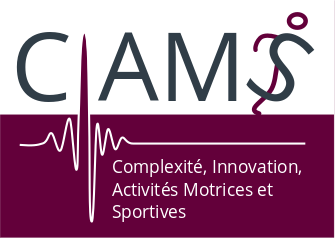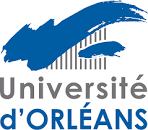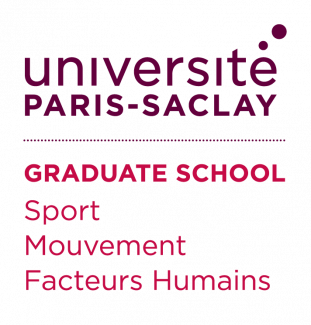Anticipation training for expert tennis players when facing a specific player
Résumé
Introduction: In fast ball sports, such as tennis, when spatiotemporal constraints
are high, players have to anticipate the opponent action. Not much is known
about how players acquire and improve this ability. The aim of this study was
to use an implicit training protocol (no information was given to participants)
based on the knowledge of one particular opponent to analyse how experts
could improve their anticipation ability.
Method: Professional tennis players were tested and trained in a protocol
consisted of watching videos with temporal occlusions before the opponent
stroke and guessing the direction of the stroke. Three groups took part in the
experiment: one with a specific training with the same opponent as in pre- and
post-tests; one with a various training with players other than the one used in
pre- and post-tests (to control that the improvement is link with the knowledge
of one specific opponent and not to an adaptation to the task) and one control
group without practice.
Results: Only the group trained with the same opponent increased its
response accuracy.
Discussion: Our results suggest that anticipation can be improved in professional
tennis players with a very specific training providing information about
the opponent.
| Origine | Fichiers éditeurs autorisés sur une archive ouverte |
|---|---|
| licence |




